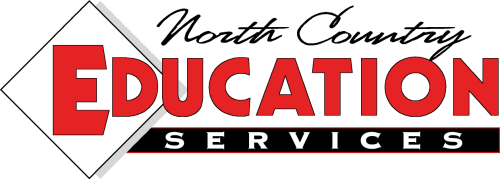Tips for Creating Videos
WHAT IS YOUR MESSAGE?
Decide and clearly define the one message or point you want to convey to your audience in your video. You only have two minutes. You'll be most convincing if you stay focused on a specific point.
CONSIDER ALL YOUR OPTIONS
Your videos should include live video and may also include visual evidence such as still photographs, maps, film clips, interviews and other graphic images. Text should be used minimally--subtitles, quotes, and other highlights are allowable and may be appropriate, but a slideshow of strictly words and images will be not considered a video in this competition. Well written narration is important. While technical and creative quality is important, it does not outweigh the need for accurate facts and analysis. Clips from existing documentaries or videos can be used, be should be used sparingly. Long segments of footage or audio from professional productions is highly discouraged.
STORY-BOARD
Sketch, write and plan out all the details of your video before you start filming or assembling clips and photos. This includes writing and PRACTICING the dialogue. If you rehearse, practicing your lines ahead of time, you'll save a lot of time in the recording and editing.
USE A TRIPOD
Unless you have to be moving alongside the action, you should ALWAYS use a tripod. If you need to roll along the action, try to devise a rolling cart to place the tripod on.
USE A MICROPHONE
Sound quality is important. You may capture great video, but if the audience cannot hear the dialogue or sound effects, the overall effect diminishes greatly. Audio can be a mix of student narration, interviews, and music. Narrators will be more successful if they enunciate and speak in measured tones. Soundtracks are best when relevant to content, and volume does not distract from the voiceover. When using interviews that are hard to understand, students may consider subtitles. Ask different people to listen to the video to make sure all types of people can understand the audio so that adjustments may be made before the final version.
Audacity is a free audio editing software that can help with adding multiple layers of sound. The download is available at http://audacity.sourceforge.net/ . You can then search on YouTube for "how to use audacity" tutorials such as this one http://www.youtube.com/watch?v=5rQr5YVNqI0&feature=related
STAY WITHIN THE TIME LIMIT
There is no penalty for videos under 2 minutes in length. Points will be deducted for every 5 seconds over the 2 minute maximum. Videos exceeding by 20 seconds will be disqualified.
RESOURCES
The All American High School Film Festival has a robust list of resources from free music, editing tips, lighting tutorials, and much more. Check it out: http://www.hsfilmfest.com/resources (note, these sites were not pre-screened by NCES for possible inappropriate content).
